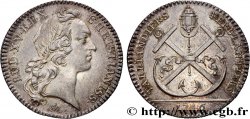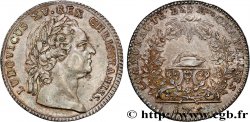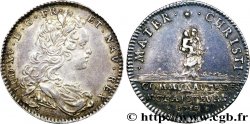E-auction 116-62601 - fjt_079210 - CORPORATIONS Jeton Cu 29, affinages 1744
You must signin and be an approved bidder to bid, LOGIN TO BID. Accounts are subject to approval and the approval process takes place within 48 hours. Do not wait until the day a sale closes to register. Clicking on « bid » constitutes acceptance of the terms of use of cgb.fr private e-auctions.
Bids must be placed in whole Euro amounts only. The sale will start closing at the time stated on the item description; any bids received at the site after the closing time will not be executed. Transmission times may vary and bids could be rejected if you wait until the last second. For further information ckeck the E-auctions F.A.Q.
NO BUYER'S FEE.
NO BUYER'S FEE.
| Estimate : | 45 € |
| Price : | 17 € |
| Maximum bid : | 20 € |
| End of the sale : | 06 July 2015 18:26:00 |
| bidders : | 6 bidders |
Type : Jeton Cu 29, affinages
Date: 1744
Metal : red copper
Diameter : 29,5 mm
Orientation dies : 6 h.
Coments on the condition:
Très bel exemplaire avec une patine sombre
Obverse
Obverse legend : QUOD. REGIT. NOTAT.
Obverse description : Un paysage montagneux éclairé par un soleil ; à l’exergue : .1744..
Obverse translation : (Il marque ce qu'il régit).
Reverse
Reverse legend : AFFINAGES/ DE/ LYON..
Reverse description : Inscription en trois lignes sous une rosette : .
Commentary
Second type avec les caractères grands et fins. Les affineurs travaillaient à la Monnaie. Leur nombre est réglementé au XVIIe siècle et leur fonction érigée en office, ils sont quatre en 1689 sous le contrôle de la Cour des Monnaies. En 1760, leurs offices sont réunis à la corporation des tireurs d’or. Selon Jean Tricou, ces jetons se rapportent au contrôle intérieur, ce seraient des laissez-passer et non une rémunération .







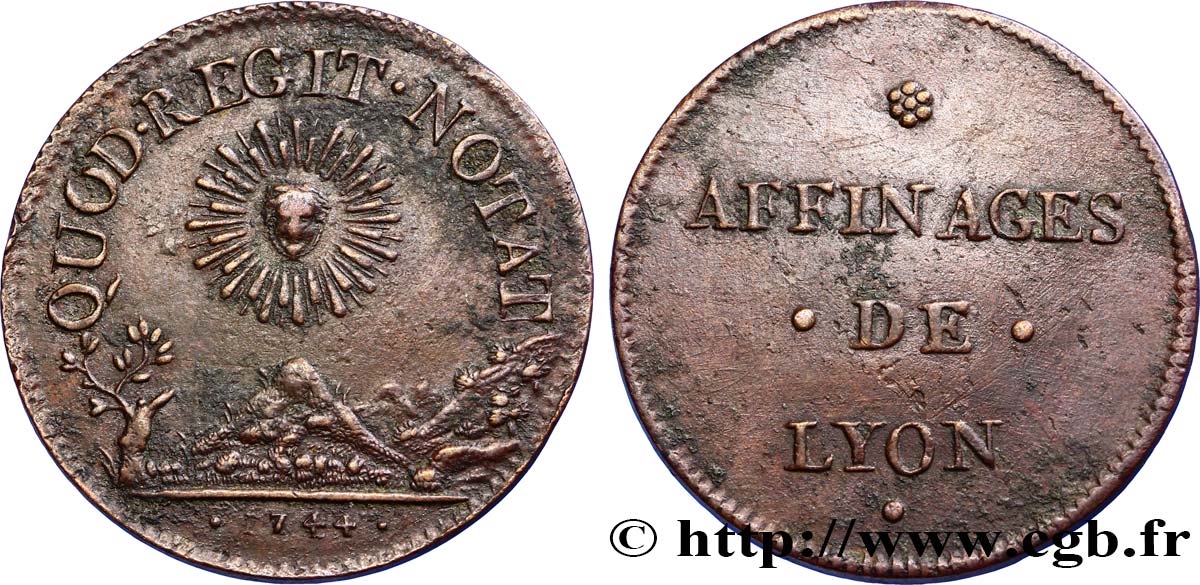
 Report a mistake
Report a mistake Print the page
Print the page Share my selection
Share my selection Ask a question
Ask a question Consign / sell
Consign / sell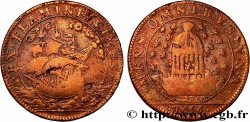
 Full data
Full data
